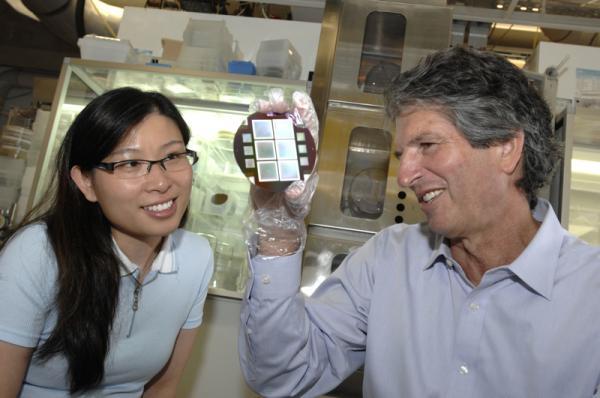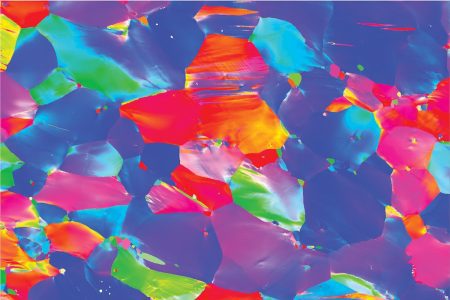
The efficiency of the solar cells is the first thing needed to be improved in order to improve the quality of the solar panels, and it is the aim of more and more scientists as time passes. Still, very few manage to obtain a breakthrough, and that’s exactly what researchers at University of New South Wales’ ARC Photovoltaic Centre of Excellence did; they created the first silicon solar cell that achieved the 25 percent milestone efficiency.
That’s not exactly a big milestone itself, because the previous record held by UNSW ARC Photovoltaic Centre of Excellence was 24.7, but the way they did it paved the way for future developments in the technology. Centre Executive Research Director, Scientia Professor Martin Green says they made a big step forward in expanding their knowledge about the composition of light.
“Since the weights of the colours in sunlight change during the day, solar cells are measured under a standard colour spectrum defined under typical operational meteorological conditions,” he said.
“Improvements in understanding atmospheric effects upon the colour content of sunlight led to a revision of the standard spectrum in April. The new spectrum has a higher energy content both down the blue end of the spectrum and at the opposite red end with, dare I say it, relatively less green.”
They also have an eye out to get these developments out in the open, and getting them to the mainstream consumption field.
Professor Stuart Wenham said the focus of the Centre is now improving mainstream production. “Our main efforts now are focussed on getting these efficiency improvements into commercial production,” he said. “Production compatible versions of our high efficiency technology are being introduced into production as we speak.”








